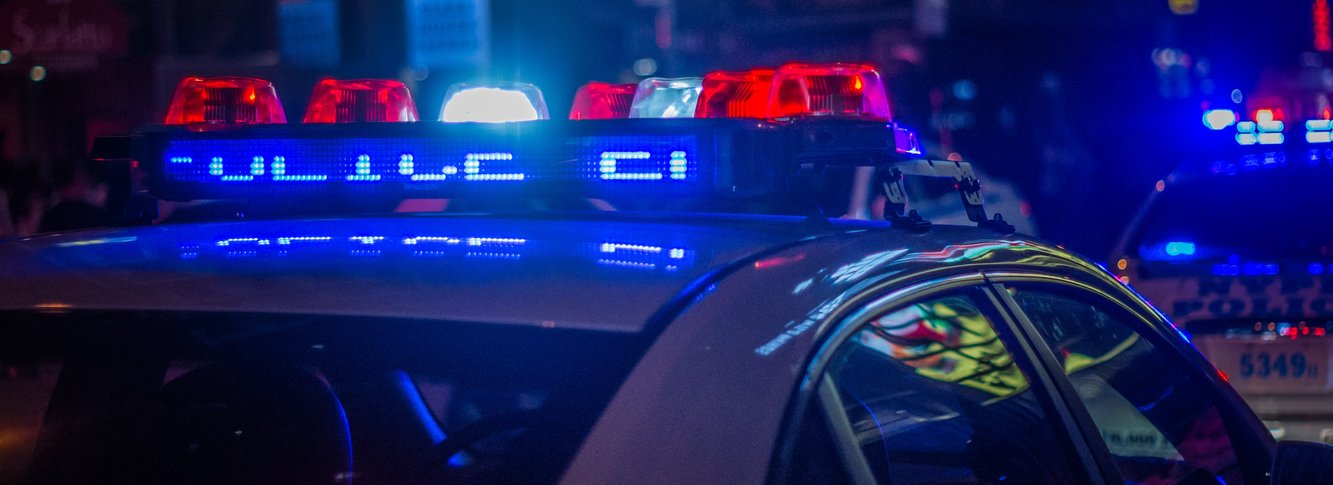| 6 mins read
The case of the ‘Stansted 15’, who are currently awaiting sentencing on terrorism-related charges, is not a one-off episode but part of a worrying trend. Peaceful, non-violent protest is a vital part of our democracy, but British courts are providing less protection to protesters than is often claimed.
We observed the nine-week trial of the Stansted 15 in full. After preventing the departure of a plane chartered by the Home Office to deport migrants to West Africa at Stansted Airport on 28 March 2017, the fifteen activists were convicted at Chelmsford Crown Court in December 2018 for endangering the safe operation of an aerodrome (an offence so severe that it carries a maximum penalty of life imprisonment). This suggests a new approach to protest by prosecutors; section one of the Aviation and Maritime Security Act 1990 (AMSA) was introduced as a response to the 1988 Lockerbie terrorist bombing. As Amnesty International commented, it was “a case of using a sledgehammer to crack a nut".
Hoffman’s Bargain
Too bad, you might say; if you undertake any illegal action you should face the consequences. However, the rule of law demands that these consequences be appropriate and proportionate.
For the last decade or so, activists in Britain have been aware of what we term Hoffmann’s Bargain. Sitting in a 2006 appeal concerning a case of non-violent direct action carried out at an RAF base prior to the Iraq War, Lord Hoffmann referred to ‘the long and honourable history’ of ‘civil disobedience’ in the UK, and the fact that history sometimes vindicates those, such as the Suffragettes, who break the law to affirm their beliefs.
As a result, Hoffmann asserted that where protestors behave with a sense of proportion, do not cause excessive inconvenience, and accept the penalties, prosecutors and the police will in turn behave with restraint, and magistrates will impose sentences which take account of the conscientious motivations of the protesters.
Recent trials suggest, however, that in practice this bargain is very one-sided.
In the case of the Stansted 15, testimony in court showed that the defendants had credible information that specific individuals booked on the flight would be at risk of harm when deported; were able to cite evidence about the general risks to people on deportation flights; and were able to highlight the Home Office’s practice of deporting migrants before the appeal process was completed. Eleven people due to be deported that night remain in the UK, and some of them have now been given leave to remain. The activists saw their action not as civil disobedience in the classic sense of an appeal to government, but as a direct action necessary to prevent an urgent and imminent harm.
However, Judge Morgan ruled that the jury had to disregard these arguments. In fact, the defence ended up being forced to argue that the Judge’s subsequent directions to the jury were a direction to convict, thus requiring the jury be dismissed. The judge’s response was that they could make that argument in the Court of Appeal.
Charging Decisions
Recent charging practices against non-violent protesters also suggest that Hoffmann’s bargain is on shaky ground. For example, four protesters who blocked access to a fracking site in Lancashire by climbing on the top of lorries in July last year were charged with causing a public nuisance. This is a much more serious charge offence than protesters arrested for non-violent direct action are typically charged with, and carries a much higher potential sentence. The anti-fracking protesters were sentenced to significant prison terms.
In both cases, the Crown Prosecution Service’s approach to charging appears to be tactical, political, and excessive. Of particular concern in the Stansted case is the role of the Attorney General, who acting in his capacity as Law Officer (and not as a Minister) gave his consent to a prosecution under AMSA. The fact that consent was given here suggests real difficulties with the separation of powers under the UK Constitution.
No Bright Lines?
Articles 10 and 11 of the European Court of Human Rights enshrine civic rights to freedom of expression and assembly, but in effect there has not been much of a European backstop here. While the sentences of recent cases, such as a protest at Heathrow in 2016, or the anti-fracking protesters were overturned on appeal, the reasons for their release are problematic.
Though the Court agreed that ‘particular caution attaches to immediate custodial sentences’ in protest cases, it also drew on Strasbourg jurisprudence to stress that there are ‘no bright lines’ separating protest from other crimes.
The appeal for the frackers was actually allowed not on the basis of Hoffmann’s bargain, but rather because the sentencing judge had failed to take into account the good character of the defendants and their repeated declarations of remorse. In other words, there is no bar on sending non-violent protesters to prison.
What next for non-violent protest?
When some of the Stansted 15 appeared on BBC1’s Victoria Derbyshire show, they said that while the action was worthwhile, they would not do it again – as the personal consequences had been so severe. Their trial also suggests that Hoffmann’s bargain is now decidedly asymmetrical, if it exists at all. For the future of democratic and peaceful protest, this should be a great cause for concern.



